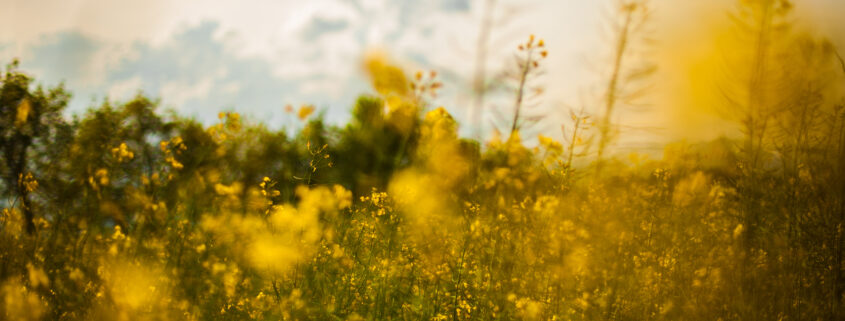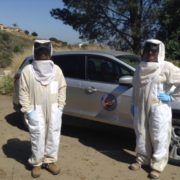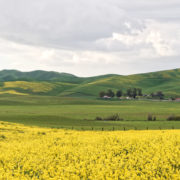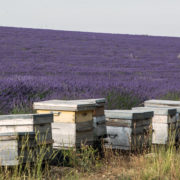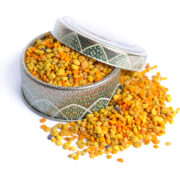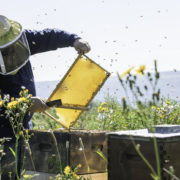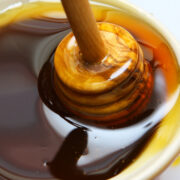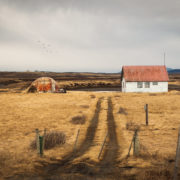Autumn Wildflowers
While we typically associate wildflowers with springtime, there are many types of wildflowers that blossom in the fall. In fact, autumn flowers serve a vital purpose for honeybees. They provide a reliable source of hearty nutrition before the harsh winter comes. During the colder months, bees cluster together in their hives to stay warm, and they rely on their food stores from these autumn flowers to give them the energy to make it through the winter season.
Many parts of the US receive plenty of rainfall starting in the middle of the summer that allows for a bounty of fall flowers, though the specific types of flowers that bloom will depend on the region and climate. In California, for example, where Wildflower Meadows operates, the summers are quite dry. Meanwhile, the southern US typically enjoys an abundance of fall flowers, especially areas affected by hurricane season. These flowers might include asters, blue sage, and sunflowers, among others. In the western US, monsoon season in the desert can lead to a variety of fall desert blooms, including verbena, buckwheat, and rabbit brush, the latter of which is a prized wildflower for beekeepers.
The most invaluable fall blossom for beekeepers and their hives, however, is goldenrod. Named for its bright golden flowers, this wildflower is especially abundant in the northeastern US and begins blooming in late August. Goldenrod is unique in that its pollen produces a stronger-tasting honey compared to honey from other wildflowers; and many beekeepers actually make sizeable honey crops from fall goldenrod blooms. However, it is also risky to harvest honey so late in the season, because this can leave the bees light on food stores and possibly stress the hives going into winter.
Apiaries situated near fall wildflowers are highly sought after by commercial beekeepers, as when the pollen starts to flow, the bees naturally increase in population. The bees also get a burst of healthy nutrients right when they need them most just before winter. Not only does this save commercial beekeepers on feeding costs, but it also bolsters hive population in advance of the critical February almond pollination season in which beekeepers are compensated based on the strength of their hives. Strong colonies going into winter generally lead to strong colonies coming out of winter.

